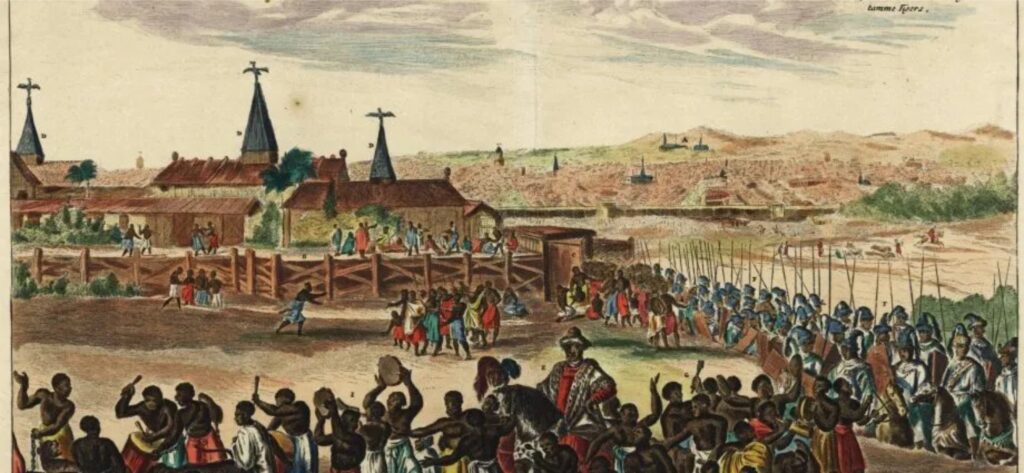In many Igbo communities of Nigeria, the word Ogbanje carries deep emotional weight. It refers to a child believed to be born only to die and return repeatedly to the same mother, causing grief and confusion. These children were thought to belong to a spiritual group that lived between the world of the living and the dead.
Families who lost multiple children in succession often believed an Ogbanje was responsible. This spiritual condition was not just superstition but a way of explaining repeated infant deaths, especially before modern medicine could provide clarity. The belief gave context to a pain that was otherwise unbearable.
Signs and Remedies
Ogbanje children were believed to exhibit certain traits — beauty, charm, rebelliousness, or a sense of knowing far beyond their age. Some communities claimed these children confessed their true nature during illness or moments of distress.
To break the cycle, traditional healers known as dibia were consulted. One common practice was the search for the child’s iyi uwa, a mystical object believed to link the child to the spirit world. If found and destroyed, the child might be freed from the pull of death. This process often involved rituals, divination, and sometimes physical markings to “warn” the spirit not to return.
What Remains Today
While modern medicine now attributes infant mortality to biological causes, the cultural weight of Ogbanje still lingers. It has found its way into literature, film, and oral storytelling. For many, the concept speaks to the depth of love and fear parents feel, especially in a world where life once seemed so fragile.
The story of Ogbanje children is more than myth. It reflects how societies handle loss, spirituality, and the desire to protect life. Even today, it reminds us of the thin line some cultures draw between the physical and spiritual worlds — and how belief often steps in where answers are hard to find.
References
- Ogbanje in Igbo Cosmology https://www.britannica.com/topic/Ogbanje
- Chinua Achebe’s “Things Fall Apart” and the Ogbanje Theme https://www.litcharts.com/lit/things-fall-apart/themes
- Spiritual Beliefs in Igbo Traditional Religion https://www.ncbi.nlm.nih.gov/pmc/articles/PMC5475116/
- The Concept of Reincarnation in African Tradition https://www.jstor.org/stable/159926


